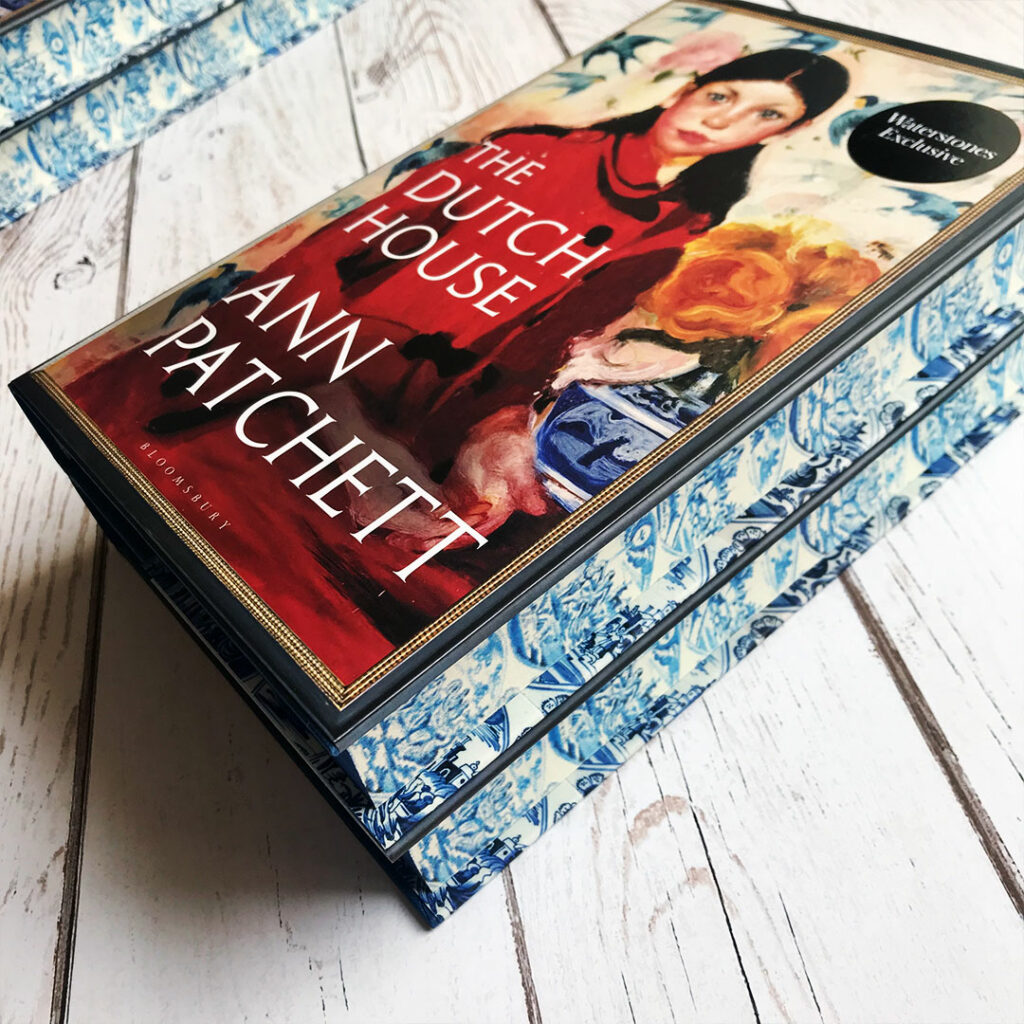Unveiling the Tapestry of Family and Loss: A Comprehensive Review of “The Dutch House” by Ann Patchett

Ann Patchett, a luminary in contemporary literature, weaves a rich tapestry of familial bonds, loss, and the indelible marks left by the past in her novel “The Dutch House.” In this extensive review, we delve into the intricacies of Patchett’s narrative craftsmanship, the nuanced characters that populate her world, and the timeless themes that resonate throughout the novel.
The Artistry of Ann Patchett’s Prose
Elegant and Evocative Writing
From the opening lines of “The Dutch House,” Ann Patchett’s prose establishes an immersive and elegant narrative tone. Her writing is a tapestry of vivid descriptions and evocative imagery, transporting readers to the heart of the story. Patchett’s ability to craft sentences that resonate with emotional depth enhances the novel’s exploration of complex human relationships.
Narrative Structure: A Mosaic of Time
“The Dutch House” unfolds across several decades, creating a mosaic of time that adds layers of complexity to the narrative. Patchett skillfully navigates through past and present, revealing the indissoluble connections between the characters and the eponymous Dutch House. The temporal structure allows readers to witness the evolution of relationships, making the novel a poignant exploration of time’s inexorable passage.
Characters: Portraits of Resilience and Vulnerability
Danny Conroy: The Observant Protagonist
At the heart of the novel is Danny Conroy, the astute and reflective narrator. His observations serve as a lens through which readers witness the intricacies of family dynamics and societal changes. As he recounts the saga of the Dutch House and its inhabitants, Danny emerges as a nuanced character, grappling with the complexities of love, loss, and the inexorable ties that bind.
Maeve Conroy: A Paragon of Strength
Maeve Conroy, Danny’s elder sister, embodies resilience in the face of adversity. Her unwavering commitment to her brother and her stoic demeanor make her a paragon of strength. Patchett paints a vivid portrait of Maeve’s character, delving into her sacrifices and the profound impact she leaves on the narrative. Maeve becomes a symbol of enduring love and familial bonds.
Cyril Conroy: Architect of Ambition
Cyril Conroy, the patriarch whose ambitions lead to the acquisition of the Dutch House, is a character shaped by societal expectations and personal desires. Patchett masterfully navigates Cyril’s complexities, exposing the flaws that lie beneath his veneer of success. Cyril’s character serves as a reflection of the intricate interplay between wealth, ambition, and the pursuit of the American Dream.
The Van Hoebeek Family: Enigmatic Figures
The novel introduces the enigmatic Van Hoebeek family, the previous occupants of the Dutch House. Cyril’s second wife, Andrea, and her daughters, Norma and Bright, add layers of tension to the Conroy family dynamics. The interactions and conflicts between these characters unveil the intricacies of stepfamily relationships, jealousy, and the blurred lines between duty and desire.
Themes: Timeless Explorations of Loss and Longing
The Dutch House: A Symbol of Nostalgia
The titular Dutch House serves as a powerful symbol, embodying nostalgia, loss, and the passage of time. Patchett explores the emotional resonance attached to physical spaces, inviting readers to contemplate the ways in which houses become repositories of memories and reflections of the self. The Dutch House, with its grandeur and secrets, becomes a character in its own right.
Loss and Longing: A Perennial Human Experience
At its core, “The Dutch House” is an exploration of loss and the enduring human capacity for longing. Patchett delves into the various forms of loss—loss of family, home, and the idealized versions of the past. The characters grapple with the haunting echoes of what has been left behind, highlighting the universal theme of reconciling with the inevitable passage of time.
Resilience and Redemption
While loss permeates the narrative, “The Dutch House” is also a testament to resilience and the possibility of redemption. The characters navigate the tumultuous currents of their lives, finding strength in unexpected places. Patchett explores the transformative power of forgiveness, self-discovery, and the healing balm of familial connections.
The Dutch House: A Reflection of Society
Societal Critique: Wealth and Inequality
Through the lens of the Conroy family’s rise to affluence, Patchett offers a subtle critique of societal values and economic disparities. The Dutch House becomes a microcosm reflecting the privileges and inequalities inherent in the pursuit of wealth. Patchett invites readers to ponder the costs of ambition and the societal structures that perpetuate economic divides.
Reception and Impact
“The Dutch House” has garnered widespread acclaim for its lyrical prose, rich characterizations, and profound exploration of familial bonds. Ann Patchett’s ability to capture the complexities of human relationships and the interplay of time has resonated with readers and critics alike. The novel’s inclusion in various literary awards shortlists underscores its impact on contemporary literature.
Conclusion: A Tapestry Woven with Elegance
In conclusion, “The Dutch House” by Ann Patchett is a literary masterpiece, a tapestry woven with the elegance of prose and the depth of human experience. Patchett’s exploration of loss, familial ties, and societal dynamics transcends the confines of a singular narrative, offering readers a mirror to reflect on their own lives. The characters, each with their vulnerabilities and strengths, become indelible imprints on the reader’s consciousness. “The Dutch House” is not merely a novel; it is a resonant symphony of words that lingers in the hearts of those who embark on its journey—a testament to the enduring power of storytelling.




